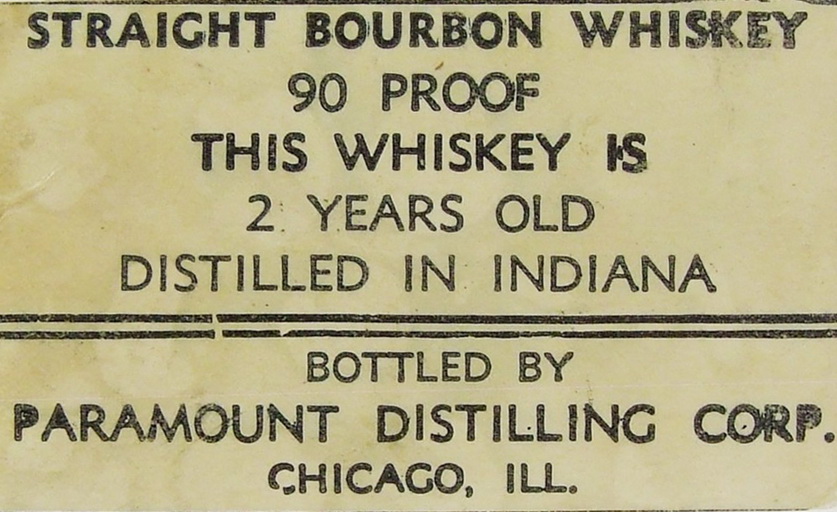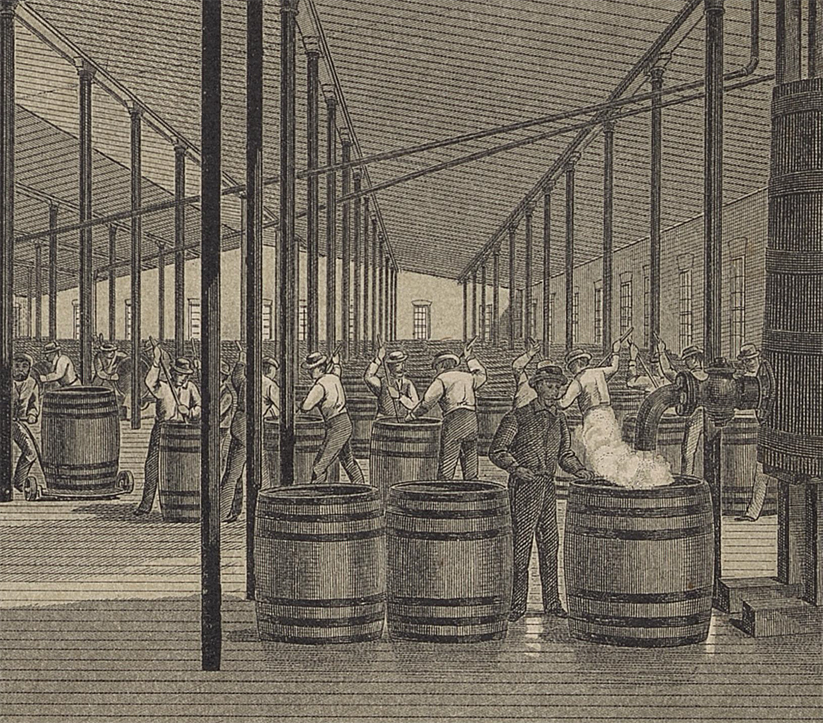From Barrel Wheelings to Private Barrel Picks
Can the $20,000 to $40,000 asking price for a bottle of Doug Phillips 'Green Ink' rye be attributed to a 19th century Gauger marking barrels for tax purposes?
Discussion on the history of American whiskey legislation, esp. its taxation.
Can the $20,000 to $40,000 asking price for a bottle of Doug Phillips 'Green Ink' rye be attributed to a 19th century Gauger marking barrels for tax purposes?

A week or so ago I attended an ‘experience’ at one of the many distilleries in Kentucky now offering tours and tastings. Like many similar offerings, it included a recap of various important milestones in American whiskey history. And as happens all too often, one or more of these milestones was attributed to the wrong event and date. I guess this isn’t the biggest deal but when those of us who represent the distilling industry are asked to tell the story of Bourbon to the general public I think it’s important to get these details right.

The Taft Decision in 1906 and then the Pure Food and Drug Act in 1909 both used the term ‘straight’ to define the manner in which a whiskey had been made, e.g. if it had been made solely from distilled grain and aged in wood, without any additives other than water, then it was ‘straight.’ But then in 1938, the definition gets modified to include a minimum term of aging (two years). What were the people who wrote this thinking? Or was it just poorly written?

The federal government has never defined a standard for what sour or sweet mashing means when it appears on a whiskey bottle label. But it has had a number of things to say about these techniques in publications intended for IRS employees. These may provide some insight into how these techniques evolved over time.

The identity of the first bottled-in-bond Bourbon has eluded me since I first started researching American whiskey. I've identified two candidates but still remain a bit skeptical I've got my answer.
Karl Raitz’ book Making Bourbon (which I've mentioned here previously) is a gift which keeps on giving. A footnote in the current chapter led me to a small book entitled The American Compounder or Cross' Guide for Liquor Retail Dealers…